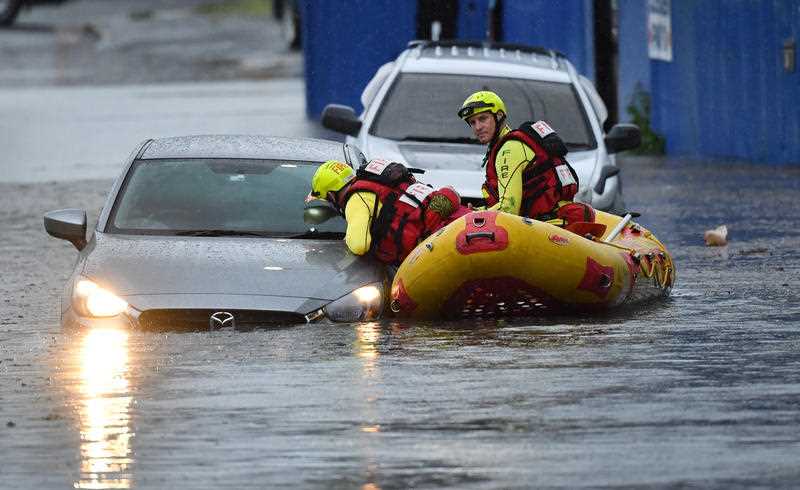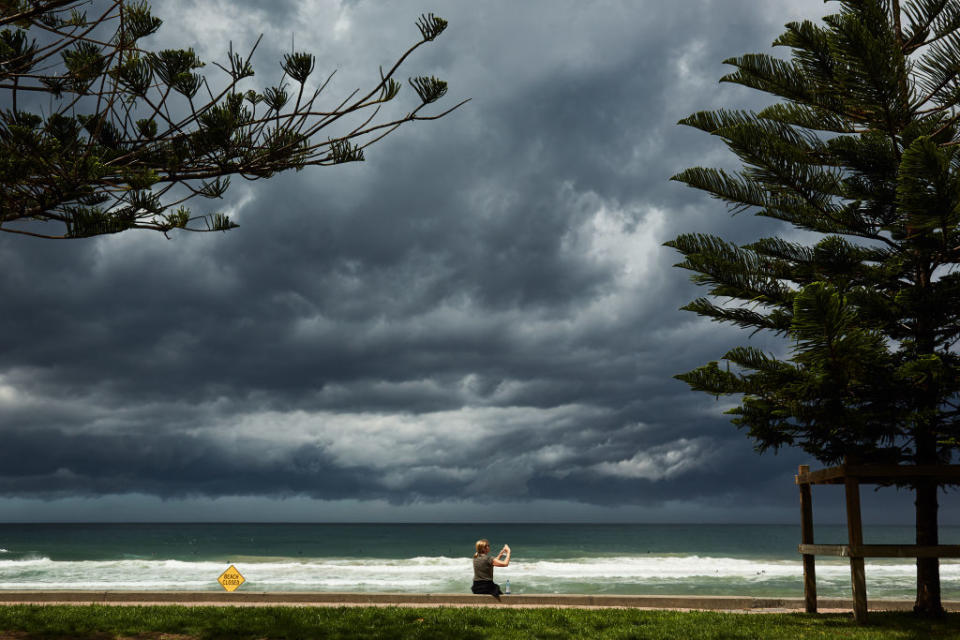Disturbing predictions for Australia ahead of bushfire season
Australians are in for longer fire seasons, hotter summers and more intense weather events, a report has found.
The State of the Climate report, released Friday by the Bureau of Meteorology and CSIRO, shows a warming temperature has increased the frequency of 'extreme weather events' such as heatwaves and fire weather.
BOM Climate Environmental Prediction Services manager, Dr Karl Braganza, said longer fire seasons with more days of extreme risk meant less opportunity to reduce fuel loads during cooler months.

Climate change has influenced bushfire patterns through its impact on temperature, rainfall, and humidity that affects fuel moisture content.
Australia's climate has warmed on average by 1.44 degrees since 1910.
"We don't necessarily feel the 1.44 degrees increase in Australian average temperature, but we feel those heatwaves and we feel the fire weather," he said.
"There has been a significant increase in the frequency of dangerous fire weather days across Australia, particularly during spring and summer, leading to an earlier start to the southern fire season.

“Climate change is influencing these trends through its impact on temperature, rainfall, and relative humidity, and the resulting change to the fuel moisture content.”
Hottest year won’t be unusual in coming decades
Research Director at CSIRO's Climate Science Centre, Dr Jaci Brown, said while 2019 was the hottest year on record, it wouldn't be unusual in coming decades.
"In fact, we think of this decade being hot, but this decade will be one of the coolest in the next hundred years," she said.
Australia's summer forecast – intense heatwaves and more cyclones
Amazing video shows truck blown over by strong winds, crushing ute
It’s likely cool season rainfall along Australia’s southern parts will decrease too leading to more time in drought with more intense, short heavy rainfall events.

The report also found a decline of around 16 per cent in April to October rainfall in the southwest of Australia since 1970.
Across the same region May–July rainfall has seen the largest decrease, by around 20 per cent since 1970.
"In contrast, rainfall has increased across most of northern Australia since the 1970s,” Dr Braganza said.
“While highly variable from year to year, there have been more ‘wetter than average’ years in recent decades.”
Ocean temperatures have also increased by about 1C since 1910 contributing to longer and more frequent marine heatwaves. Sea levels are also rising along with water acidity.
Dr Brown added trends showed a “significant threat” to the long-term health and resilience of the coral reef ecosystems around Australia's coast.
Covid-19 lockdowns and economic downturn helped reduce global emissions in 2020, but it has not been enough to make a noticeable impact on carbon dioxide levels in the atmosphere.

Measurements taken at the Cape Grim Baseline Air Pollution Station in Tasmania show carbon dioxide levels have been increasing since pre-industrial times with fossil fuel emissions the main driver of growth.
Hopes report will prompt key climate decisions
BOM and CSIRO hope the report helps authorities make key decisions on the climate.
“To build a sustainable, resilient and productive future for Australia, governments, industries and communities need robust climate information,” Dr Brown said.
“This report presents a synthesis of our most up-to-date understanding of the changing nature of Australia’s climate, providing a sound base for economic, environmental and social decision-making now and into the future.”

with AAP
Do you have a story tip? Email: newsroomau@yahoonews.com.
You can also follow us on Facebook, Instagram and Twitter and download the Yahoo News app from the App Store or Google Play.




